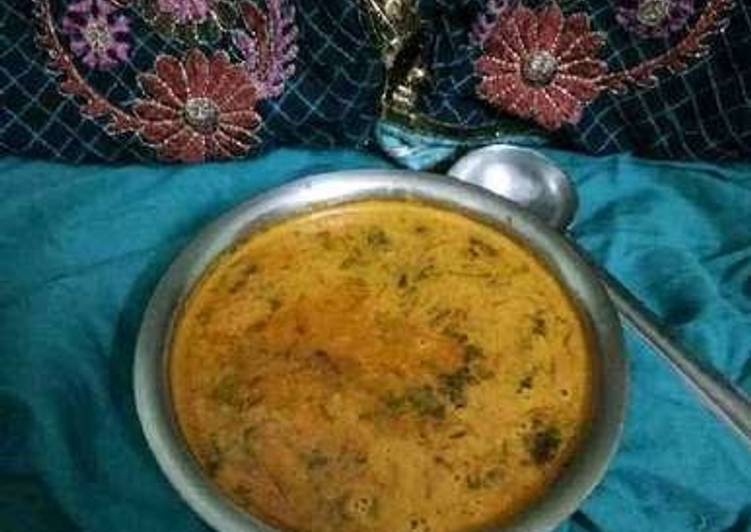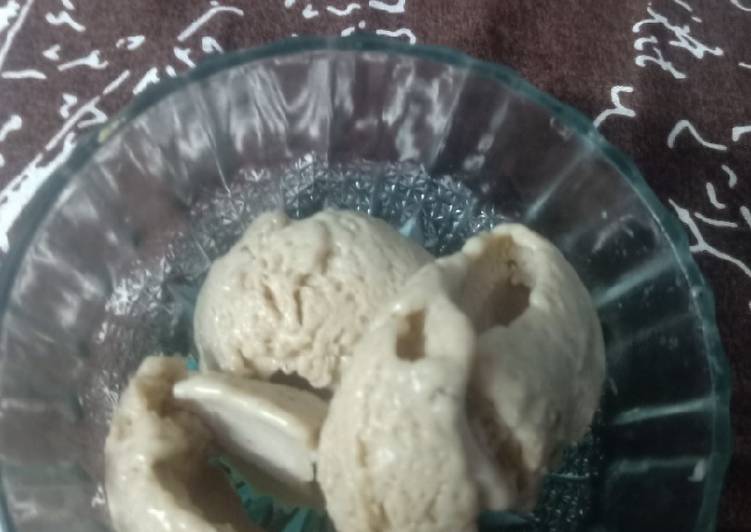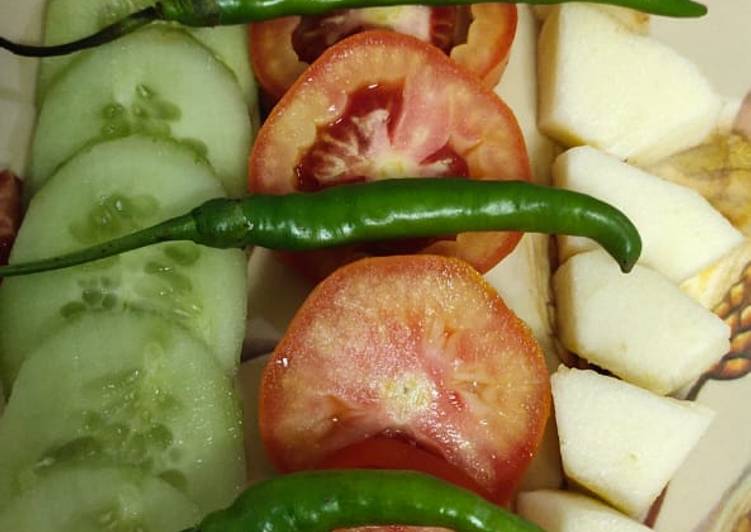
Hello everybody, I hope you are having an incredible day today. Today, I’m gonna show you how to make a distinctive dish, traditional red amaranth leaves curry. It is one of my favorites. For mine, I am going to make it a bit tasty. This will be really delicious.
In Udupi it is abundantly available in winter season and we make variety of curry with these leaves. In Tulu language these leaves are known as "Padipe". Red Amaranth leaves, which are known in Goa as Tambdi Bhaji, are a common sight in the Indian coastline state and the dish prepared with the red leaves is frequently served with Goan fish curry rice.
Traditional Red Amaranth Leaves Curry is one of the most popular of current trending meals in the world. It is enjoyed by millions every day. It is simple, it’s fast, it tastes yummy. They’re fine and they look wonderful. Traditional Red Amaranth Leaves Curry is something which I have loved my entire life.
To get started with this particular recipe, we must first prepare a few components. You can cook traditional red amaranth leaves curry using 22 ingredients and 14 steps. Here is how you cook that.
The ingredients needed to make Traditional Red Amaranth Leaves Curry:
- Prepare 2 bunch Amaranth leaves chopped
- Take 1 cup Grated coconut
- Take 1 pinch Turmeric powder
- Get Water sufficient
- Take 1 cup Soaked green gram
- Get to taste Salt
- Make ready For masala
- Prepare 2 tsp Cooking oil
- Take 1 tsp Urad dal
- Prepare 3 tsp Coriander seeds
- Make ready 1/4 tsp Jeera
- Prepare 1 pinch Asafoetida
- Get 1 pinch Turmeric powder
- Make ready 1/4 tsp Methi
- Take 1/4 tsp Mustard seeds
- Prepare 5-6 Red chilli
- Prepare Curry leaves few
- Get Tamarind small gooseberry sized
- Take 1 tsp For seasoning Cooking oil
- Get 1 tsp Mustard seeds
- Make ready 1 Red chilli
- Get Curry leaves few
The amaranth leaves have always been a part of traditional and ayurvedic Indian cooking. Amaranthus or amaranth's leaves are available in range of colours from red to green, pink to gold are common. You can add tamarind pulp with amaranth leaves and cook. Temper with mustard seed, red chilli.
Instructions to make Traditional Red Amaranth Leaves Curry:
- Add sufficient water and cook, 4 hours soaked 1 cup green gram
- After well cook, add washed, cleaned and chopped red amaranth leaves 2 cup
- Add turmeric powder a pinch, salt to taste, close the lid and cook
- Heat 2 tsp cooking oil, fry in low flame 3 tsp coriander seeds, add urad dal 1 tsp
- Add red chilli and fry till good aroma
- Add jeera 1/4 tsp, asafoetida a pinch
- Methi seeds 1/4 tsp, a pinch of turmeric powder, 1/4 tsp mustard seeds, turn off the flame, add curry leaves
- 1 cup grated coconut add in Mixie jar
- Add fried masala, add small, gooseberry sized tamarind and enough water, grind smoothly
- Check the cookness, transfer the ground masala mixture
- Add sufficient water
- Add jaggery small gooseberry sized
- Stir once and allow it to boil.
- In the meantime do seasoning and add, stir and serve.
Chaulai is also known Amaranth, Red Spinach, Laal sag, Rajgira saag, Chuamarsa, Ganhar, Kalgaghasa or Thotakura. It can be prepared in various ways like dal can be added to Chaulai leaves and made as Saag, Chaulai can also be mixed with potatoes and made as Chaulai Aloo Bhujia. Tambdi Bhaji is a red amaranth, which is used widely in the Goan vegetarian cuisine. This is a simple stir fry flavoured with garlic. It is quick to make and Did you know- The Amaranth leaves are packed with antioxidants, protein, vitamins, calcium, carbohydrates, iron and minerals Highly packed with.
So that is going to wrap this up for this exceptional food traditional red amaranth leaves curry recipe. Thanks so much for your time. I’m confident that you will make this at home. There is gonna be more interesting food in home recipes coming up. Remember to bookmark this page in your browser, and share it to your family, friends and colleague. Thanks again for reading. Go on get cooking!

